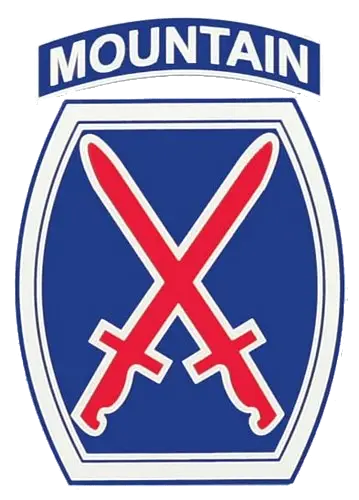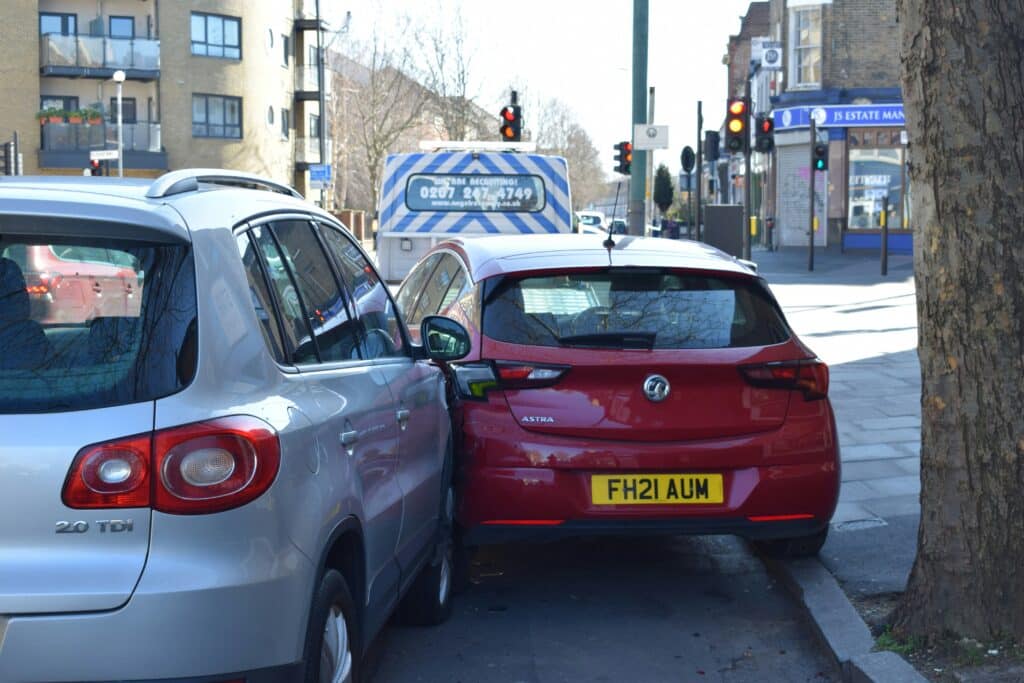A crush injury happens when extreme force or pressure is exerted on a part of the body, usually between two solid objects. These injuries often involve heavy machinery, collapsed structures, or motor vehicle accidents. The trauma can lead to a range of outcomes, from bruising and broken bones to life-threatening complications like internal bleeding, organ failure, or amputation.
When it comes to a car crush injury, the incident typically involves a person’s limbs, or in severe cases, their torso, being pinned during or after a collision. While crush injuries might sound uncommon, they occur more frequently than most people realize and are among the most serious injuries sustained in accidents.
How Do Crush Injuries Happen?
Crush injuries can occur in a wide variety of settings, but motor vehicle collisions and workplace accidents are the most common scenarios.
Car Accidents
In a high-speed crash, the structural damage to a vehicle can trap or compress an occupant’s body. Examples include:
- Arms pinned beneath a collapsed dashboard
- Legs crushed between the door and seat
- Torso compressed during a rollover crash
- Chest trauma from being pinned against a steering wheel or seatbelt
Pedestrians struck by vehicles also face a significant risk. Being run over or pinned between vehicles can cause massive tissue and bone damage.
Motorcycle and Bicycle Collisions
Motorcyclists and cyclists lack the physical protection that cars offer. If a rider is thrown and then pinned under a vehicle or guardrail, a crash injury is highly likely. In some cases, the bike itself may collapse onto the rider.
Truck Accidents
Truck underride accidents, where a smaller vehicle ends up underneath a trailer, often result in fatal crush injuries due to the sheer force and size differential involved.
Workplace Accidents
Each year, there are over 125,000 crush injuries in the U.S. In 2023, there were over 5,283 fatal work injuries alone, 95 being crush-related.
Industries like construction, agriculture, and manufacturing are particularly dangerous:
- Hands or limbs caught in heavy machinery
- Workers pinned between forklifts and loading docks
- Collapsed scaffolding or trenches
- Heavy objects dropped during loading or transport
- Pinned between large animals and fences (common in farming).
OSHA identifies crush injuries under the “Caught-In/Between” category. This is one of its “Focus Four” hazards in construction safety, with the other three being falls, electrocutions, and struck-by incidents.
Symptoms and Signs of a Crush Injury
Recognizing the signs of a crush injury is critical for timely treatment. While some injuries are immediately visible, others may appear minor at first but become deadly without proper medical intervention.
Common Symptoms
- Severe pain and tenderness: Pain can be at the site of the injury or referred pain (pain that radiates to a different part of the body from where the injury occurred, often due to a network of muscles and nerves).
- Bleeding: Direct trauma from impact can cause blood vessels to burst and can be either external or internal.
- Visible open wounds: Lacerations from sharp objects or bone fractures, which can tear through skin.
- Swelling or bruising: Caused by tissue damage and ruptured blood vessels, which can lead to inflammation.
- Fractures or crushed bones: Bones broken by the force of the impact.
- Nerve damage: Numbness or tingling from direct mechanical pressure, which damages nerve fibers.
Compartment Syndrome
One particularly dangerous sign is compartment syndrome, which occurs when swelling increases pressure inside a muscle compartment. This pressure can restrict blood flow, leading to permanent muscle and nerve damage. Without surgical intervention, the result can be amputation or death.
What Medical Complications Can Happen from a Car Crush Injury?
Car crush injuries can lead to complex and sometimes fatal medical complications. This crushing force disrupts normal physiology, triggering a cascade of life-threatening issues.
Rhabdomyolysis/Crush Syndrome
This condition occurs when crushed muscle tissue breaks down and releases myoglobin into the bloodstream. Myoglobin is toxic to the kidneys, and in large quantities, it can cause acute kidney failure. Victims often require dialysis and fluid replacement therapy.
Hypovolemic Shock
Losing more than 15% of your total blood volume due to internal bleeding can lead to hypovolemic shock. This means the heart can no longer pump sufficient blood to the organs and won’t receive the oxygen needed to function. Hypovolemic shock can lead to loss of consciousness, organ failure, and death if untreated.
Hyperkalemia
When cells are crushed they release potassium into the bloodstream. High potassium levels can result in irregular heartbeats, chest pain, and cardiac arrest. Treatments can include medications, fluid intake, and even dialysis.
Ischemia and Amputation
If blood flow is restricted long enough, tissue begins to die. This condition is called ischemia. In severe cases, the only option may be amputation to prevent the spread of tissue death or infection.
What Compensation Can You Get for a Crush Injury?
A car crush injury can derail your life physically, emotionally, and financially. Fortunately, if your injury was caused by another party’s negligence, you may be entitled to significant compensation.
In Texas, the statute of limitations is two years, with the ability to retain damages for lost wages, medical expenses, and pain and suffering through a personal injury lawsuit. You must be able to prove the other party was at fault, though if you are found to be partially at fault, your damages could be reduced.
Economic Damages
These cover all your measurable financial losses:
- Medical Expenses: Emergency treatment, hospitalization, surgeries, medications, rehab, prosthetics, and dialysis.
- Ongoing Care: Long-term physical therapy or home medications.
- Lost Wages: Compensation for the time you can’t work.
- Loss of Earning Capacity: Compensation for diminished earning potential.
- Property Damage: Costs to repair or replace your vehicle.
Non-Economic Damages
Crush injuries aren’t just about hospital bills. They affect every aspect of your life. Non-economic damages account for this emotional and psychological toll.
- Pain and Suffering: For the physical pain and discomfort.
- Emotional Distress: Anxiety, depression, or PTSD following the trauma.
- Loss of Enjoyment of Life: When you can’t pursue hobbies or daily activities.
- Loss of Consortium: Impact on your relationship with your spouse or family.
- Disfigurement and Scarring: If the injury leaves you with physical disfigurement.
The Multiplier Method
After your economic damages are calculated, based on the severity of your case, those damages are multiplied by a factor from 1.5 to 5. This estimates the value of your pain and suffering. The bigger the pain, the higher the multiplier. If your economic damages total $100,000 and you’ve had a limb amputated, a multiplier of 5 could apply, bringing your non-economic damages to $500,00 and total compensation to $600,000.
Getting Compensation for a Crush Injury at Work
Workplace crush injuries follow a different legal path than those from car crashes, especially in Texas, which has unique laws.
Workers’ Compensation in Texas
Texas is the only U.S. state that does not require most employers to carry workers’ compensation insurance. This makes it critical to first find out whether your employer is covered:
- If your employer has workers’ compensation: You can file a claim for medical bills and partial wage replacement. You cannot sue your employer, though, even if they were negligent.
- If your employer does not have workers’ compensation: You can file a personal injury lawsuit to seek full damages. This includes non-economic losses like pain and suffering, but you must prove negligence (e.g., unsafe equipment, lack of training, or failing to follow safety standards).
Third-Party Liability
Even if your employer has workers’ compensation, you may still be able to sue a third party. For example:
- If a defective machine caused your injury, you can sue the manufacturer.
- If a contractor on the job site caused the incident, they may be liable.
This dual approach, workers’ compensation plus a third-party lawsuit, can help you recover the full value of your damages.
What to Do After a Crush Injury
If you or a loved one has suffered a car crush injury or workplace-related crush trauma, taking the right steps early on is critical.
Get Immediate Medical Help
Crush injuries can turn deadly fast and are evaluated based on the 5 Ps: pain, pallor (pale skin), paraesthesia (numbness), pulselessness (faint pulse), and paralysis (weakness). Raise the injury above your heart if you can and cover it with a bandage or cloth. Immobilize or limit mobility if you suspect a head, neck, or spinal injury and call 911.
Document Everything
If you can, take photos of the scene and your injury. You want to preserve as much evidence as possible. Get medical records and copies of the police report to further validate your claims.
Don’t Talk to Insurers Without Representation
Insurance companies may try to minimize your payout and don’t always act in your best interest. Insurance adjusters are trained to ask questions that may get you to say something that will weaken your case. They may also start with low offers, hoping you won’t realize the full value of your claim, and accept them.
Consult a Personal Injury Lawyer
This is especially important in Texas. An experienced lawyer can advise you to file a workers’ compensation claim, a personal injury suit, or both. Lawyers can also guide you through the insurance procedure by helping you understand your rights, ensuring you get fair compensation, helping you avoid mistakes that could harm your case, and handling communication with the insurers themselves so you can focus on recovery.
Why Car Crush Injuries Deserve Serious Attention
A car crush injury isn’t just another kind of trauma. It’s a life-altering event. From the immediate physical damage to long-term emotional tolls, these injuries demand urgent medical care, thorough legal evaluation, and just compensation.
Understanding what a crush injury is, how it happens, and your legal rights is the first step toward protecting your future.
If you’ve suffered a crush injury in a car accident or on the job, don’t wait. Talk to a lawyer who understands the full extent of these injuries and can fight for the maximum compensation you deserve.
If you’re unsure about what evidence you need or how to gather it, consider working with an attorney.
At Patino Law Firm, our personal injury lawyer in San Antonio and McAllen understands the importance of collecting the right evidence, and that will ultimately depend on your unique situation. We can guide you through this process and gather evidence on your behalf to ensure your case is as strong as possible. Contact us today for a free, no-obligation consultation about your case.
Se habla Español, and you don’t pay fees until we win your case.



